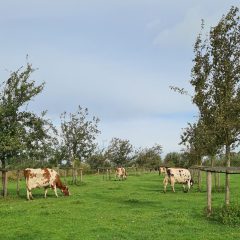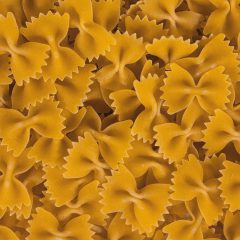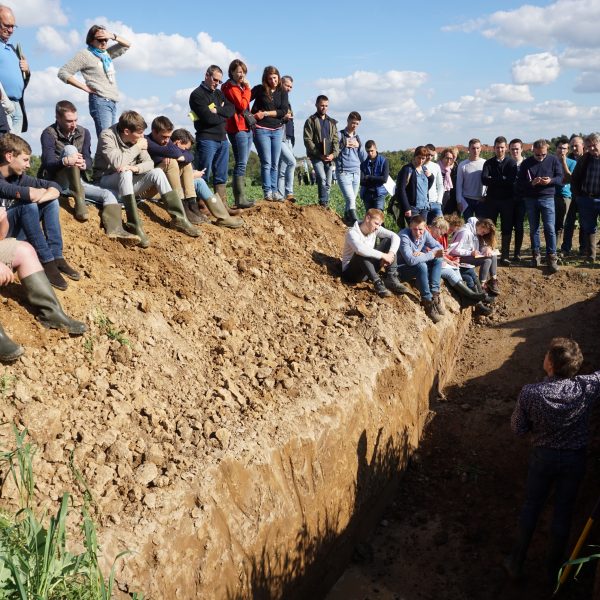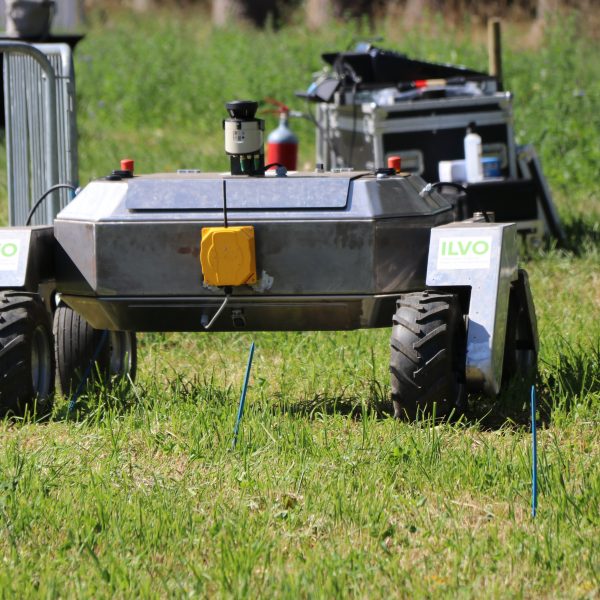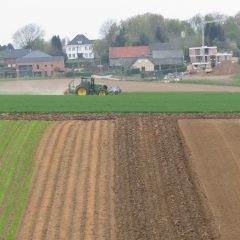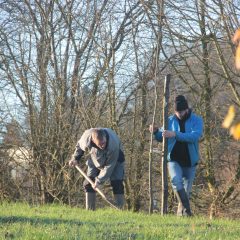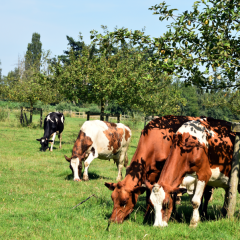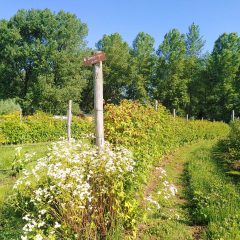Dossier Agroecology
Agroecology is not an unambiguous set of specifications or agricultural system; rather, it is a possible path towards a more sustainable food system. It is based on a list of principles about healthy processes and relationships between people, agriculture, and nature. More agroecology is obtained through context-dependent efforts to improve the entire system.
Living lab agroecology and organic agriculture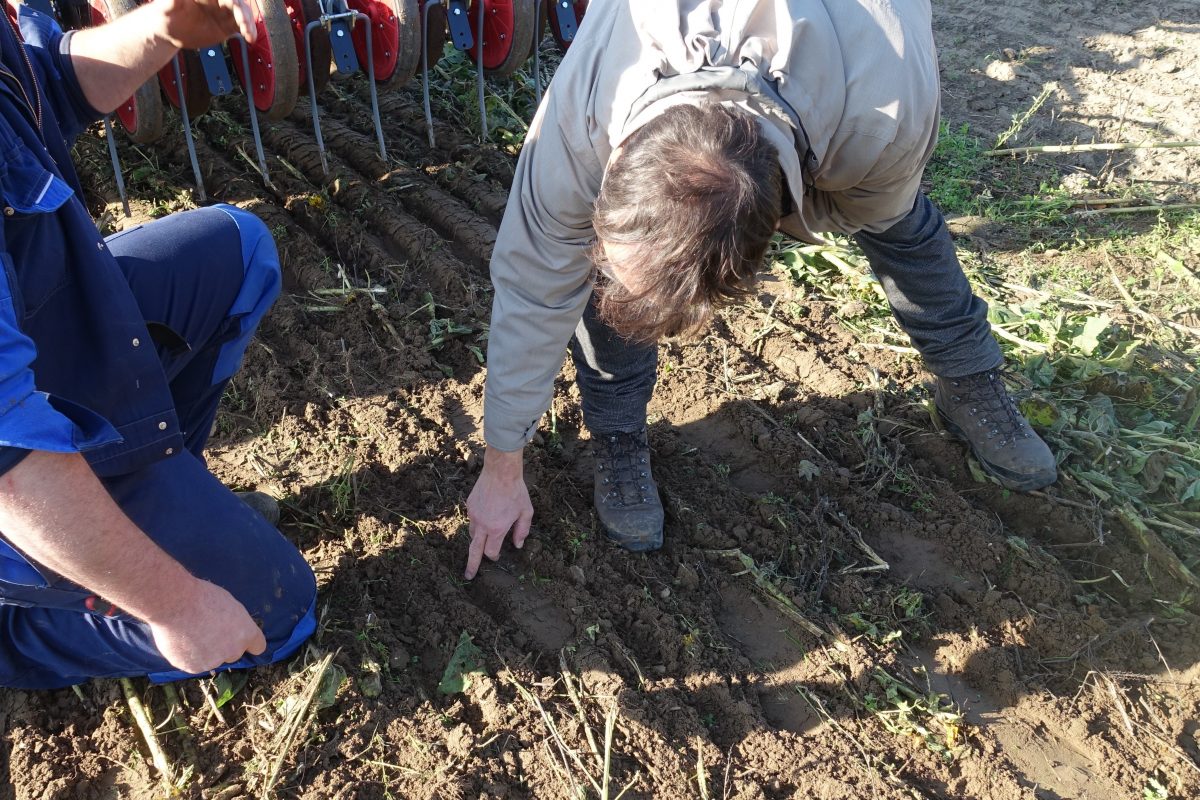
What does ILVO do?
-
 LLAEBIO for short. Its three goals - knowledge exchange, demand-driven research on agroecology/organic, and an experimental space.
LLAEBIO for short. Its three goals - knowledge exchange, demand-driven research on agroecology/organic, and an experimental space. -
 F. de Bousies, A. Peeters and ILVO perform many agro-ecological measurements and experiments in combination with a working farm..
F. de Bousies, A. Peeters and ILVO perform many agro-ecological measurements and experiments in combination with a working farm.. -
Via trial fields and many research projects, ILVO studies how to translate agro-ecological principles to feasible farming activities.
-
With scientific as well as practical knowledge, and a systems approach, ILVO studies how to make the agro-food system more sustainable.
Agroecology as a development path towards sustainable agriculture: what is the role of research?
Approximate definition of agroecology?
The modernization of the agricultural and food system has led to the production of sufficient food at a low price. The downside here is that this is accompanied by negative side effects for the environment, for people, and also specifically for the farmer.
The agroecology principles point out the connection between ecological problems and socioeconomic challenges. Tackling these two together promotes the transition to more sustainable agriculture. The use of the natural processes and relationships between people, agriculture, and nature is central.
There is no simple, distinctive definition of agroecology. It’s more like a set of pointers on the way to a more sustainable food system.
Agroecology: a scientific research practice?
Agroecology is also used as a concept to indicate a certain scientific research practice. The most important characteristic is then the systems approach to the entire agrifood context in which the full ecological, economic, and social dimensions are considered. The goal is to use the list of principles and practices to strive for resilience and sustainability in food and farming systems.
Sociopolitical movement
This movement advocates the practical application of agroecology as an alternative to conventional, industrial agricultural production.
Principles of agroecology are to be considered as a whole.
The guiding approach of agroecology is summarized in seven principles:
- striving for more soil health through good management of the organic matter content and by stimulating soil life
- closing nutrient cycles
- more biodiversity, including those which are functional for agricultural operations
- reduction of external inputs, including pesticides, fertilizer, and fossil fuels; increased use of local resources
- a closer relationship between producer and consumer
- autonomy and resilience in the business plan
- co-creative and systemic knowledge building, with researchers and businesses together
A holistic view of the system is often put forward as an additional principle.
The agroecology approach means applying all these basic principles, taking the context in which food is produced into account. Agroecology is the aggregate sum of a series of practices based on each of the principles.
Practices as a toolbox, to be used depending on the context
Agroecology practices form a toolbox that farmers can choose from, regardless of a holistic view of the system. The context, in addition to the systems approach, determines the interpretation of the principles.
Although the agroecology principles are very broadly applicable, the way in which they are operationalized depends on prevailing environmental and socioeconomic conditions at a given location. Agro-ecological choices will depend on sustainability challenges and conditions in the given context, in which the multifunctionality of agriculture is taken into account. It identifies human (economic, social, cultural, political, etc.) and environmental constraints, as well as how they interact with each other and with locally available resources (natural, social, human, physical, and financial).
Transdisciplinarity and multiple scale levels
The systems approach implies that possible agroecology choices are assessed at different levels of scale (plot, farm, region, global), as well as for their social, economic, and ecological impact. This systems approach, therefore, requires the integration of knowledge from multiple disciplines.
Attention to the context-specific aspects explains why a great deal of importance is attached to local experiential knowledge. Scientific formulas must, therefore, be translated into ad hoc practical applications per context. Transdisciplinarity refers to the integration of scientific knowledge and the farmers’ experiential knowledge.
One often foresees an experimental phase within a real-life context. Scientists and farmers work together in this regard.
LLAEBIO
The Living Lab Agroecology and Organic Agriculture (LLAEBIO), led by ILVO, thus relies on a three-pronged systems approach, integrating different types of knowledge and experimenting in a real-life context. The latter takes shape in the Experimental Platform for Agroecology in Hansbeke (50 ha).
Sophisticated practice to mimic natural processes in an agricultural context
The better one succeeds in imitating the natural processes – which keep each other in balance – the closer one gets to the agroecology agricultural approach. It comes down to creating beneficial biological synergies and interactions between components of an agricultural ecosystem. In practice, this means a continuous search for the best combinations of techniques and strategies.
The farmer looks at their farm and how this is related to the environment, the soil, the neighborhood.
Related concepts
Are there similarities or overlaps with related concepts, such as organic agriculture, biodynamic agriculture, permaculture, regenerative agriculture, and agroforestry? Definitely! All these forms of land use are aimed at following ecological principles, each with its own point of view. Agroecology adds several socioeconomic principles.
The most widespread form of agroecology is organic farming. Both are based on similar objectives, principles, and practices. Both adopt a systemic approach to minimize the environmental impact of agriculture and create favorable conditions for animals, plants, soil, farmers, and society (food quality, animal welfare). Both challenge the dominant food and farming systems. Both try to engage farmers and citizens.
Organic farming is different, right?
Organic farmers often see themselves as pioneers of agroecology principles. However, organic farming is defined according to a legislative framework, which lays down production rules, marketing, and control procedures. Agroecology does not. There are no specifications for the latter which may or may not include an agroecology stamp. This is about taking steps in an improvement continuum.
Agroecology and Europe
In the past, agroecology was known only in a limited circle. In the meantime, a reputation and a place in regional and European policy have been obtained. The systems approach and agroecology principles are getting more recognition. After 2020, Europe will move towards a food system with less crop protection, less artificial fertilizer, better soil management, and more biodiversity. At the heart of the Farm to Fork strategy, which lies at the core of the ‘Green Deal’, is the transition to environmentally friendly and resilient agriculture that also generates a healthy income for farmers. Attention is drawn to the role of agroecology in achieving this objective.
The European Commission aims to set up a European network of Living Labs dedicated to agroecology by 2024. This network must support farmers in agroecology practices on a scale necessary for positive economic, environmental, and social impact.
ILVO plays a leading role in developing the guidelines for making such a network operational.
Contact an expert

Research projects

